HUMAN AFTER ALL. By Artists, Jan Kriwol And Markos Kay.
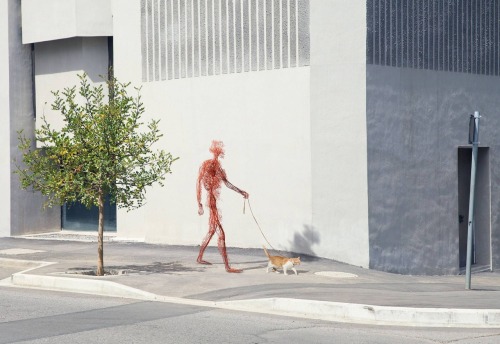
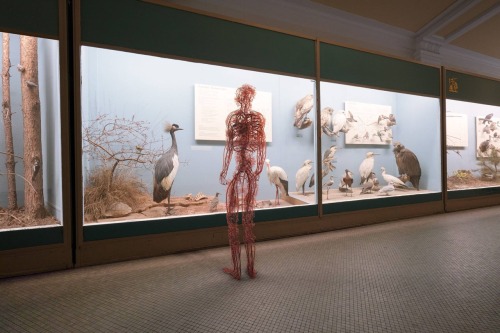
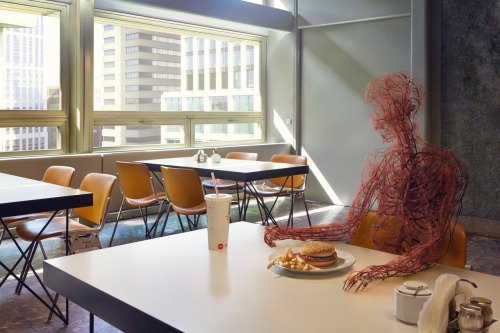
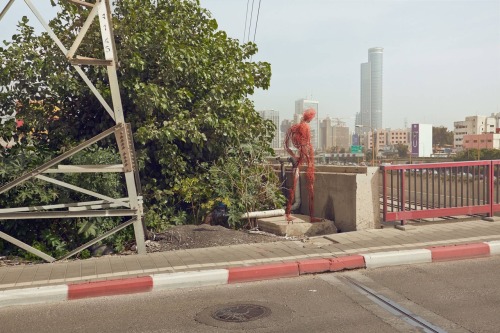
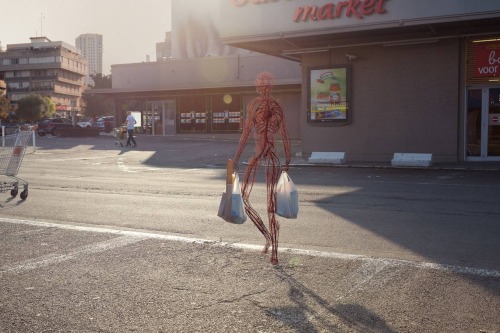
HUMAN AFTER ALL. By artists, Jan Kriwol and Markos Kay.
More Posts from Otherworlding and Others





Some dinosaur art. Concept art of a sleeping T-Rex for a cut scene from JURASSIC PARK; designs by William Stout for what became Disney’s DINOSAUR (2000); and storyboard art from JURASSIC PARK.

Follow the rabbit… UNTITLED, BOULDER, COLORADO. Photo by Francesca Woodman, 1972-5.

Ophthalmologist sign in Tainan City, Taiwan, 1962.
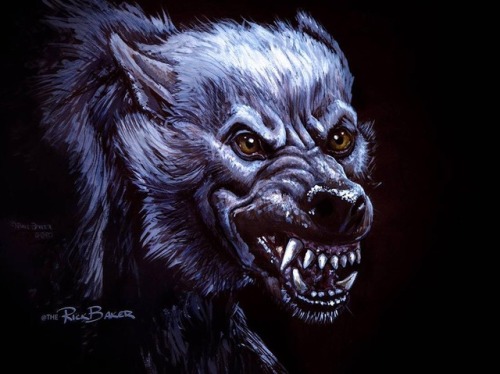
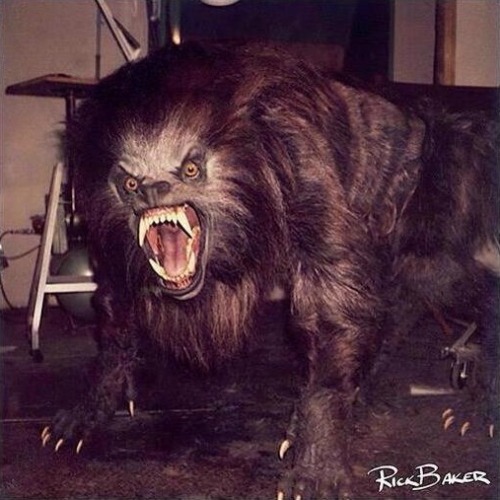
Concept art and the finished puppet/suit/rig by Rick Baker for An American Werewolf in London (1981).
The first time I saw it I was about 10. That transformation scene: man. You could almost feel it happening to yourself. In later years though, whenever I would think of the film, the first images that popped up were of those misty moors at the beginning of the film. Tense.



The Changelings, from Cyrus Graner's Among Gnomes and Trolls 7 by John Bauer (1913)
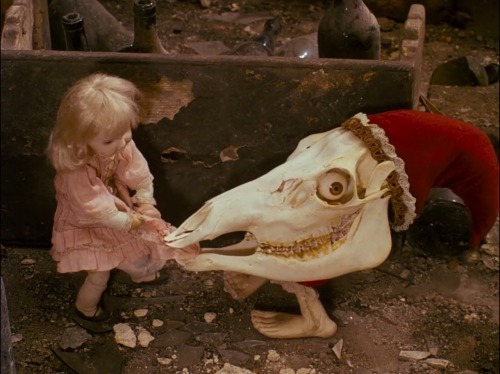
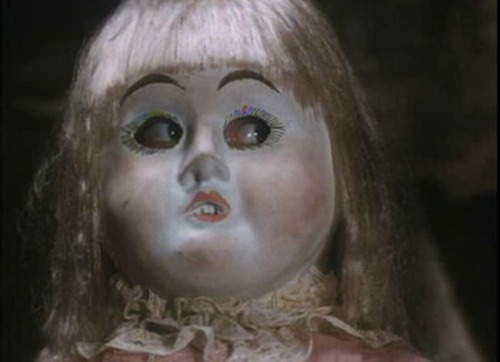
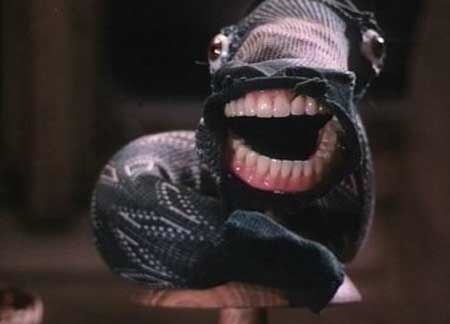
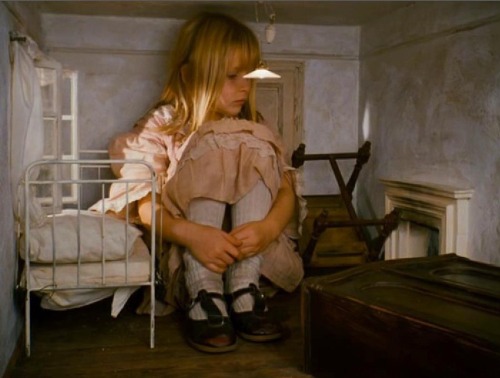
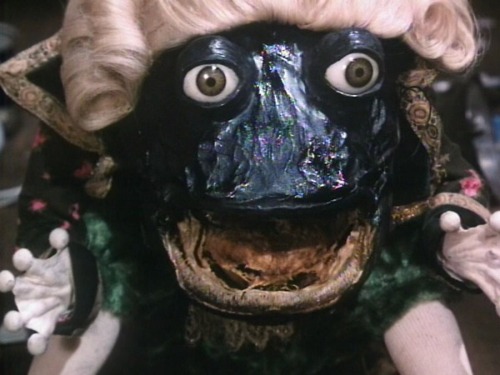

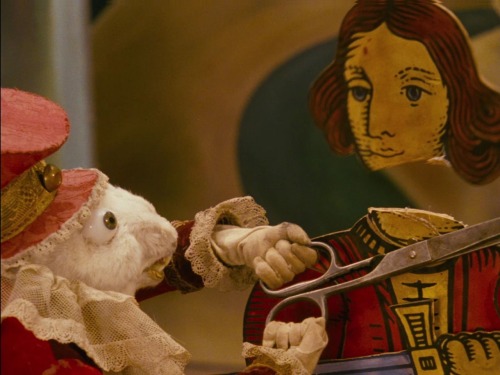
ALICE (1988) by Czech artist, Jan Švankmajer.



Concept drawings by Mark McCreery for JURASSIC PARK (1993) and its sequel.






Mall interiors from the 1970s/1980s.
My mother hated them, but to me, a kid, malls were exciting. They looked like small sci-fi colonies mixed with ocean liners, with their blood-red carpets, gilded railings, jungle plants, and crooked floor patterns. The mall, that’s where you found your precious toys. It’s where humans lived, and promises were fulfilled. Take an 1980s teen flick, and there’s a scene in a mall.
George A. Romero’s DAWN OF THE DEAD shows one in all its kitschy glory.
I was about 12, when I saw her again: she was hanging out with her friends near the fountain. A blonde elf-like girl, the sun around which the other kids orbited, she laughed a lot. Whenever her friends laughed though, she seemed quiet, troubled even, biting her thumb; that’s when her eyes caught me. In a dark corner, two 16-year-olds, who seemed like real adults to me, were playing an arcade game and eating french fries; I wondered how they could play with greasy fingers. One burped loudly, but they didn’t laugh. Eyes on the game.
Suddenly these two kids rush past you on their bikes. You know one of them, he is an enemy. He gave you the finger once, the first time you saw anyone making that gesture. “Asshole,” he says. Someone tells them they can’t ride their bikes here, they shout something back.
Gino is this thin, moustached hothead with tight stonewash jeans and big white sneakers, and a permed mullet. He doesn’t walk, he bounces, like a Muppet; he moves fast, like someone who’s on his way to punch someone. He smokes and has a gold-colored necklace with his name, but better not joke about it, because Gino is the kind of guy who doesn’t get jokes. Your brother referred to him once as “Evil Freddie Mercury”. He always seems to be everywhere: when you go ice skating, you run into him there; when you go swimming, he’s at the pool; when you’re playing football in the field behind your school you know he’s going to show up. He looks at you—whenever you look at him, his eyes always immediately shoot back—but he leaves you alone and trots out of sight. You’re vaguely relieved to see him go.
The wall with flickering TVs plays an MTV video, you kind of watch as you wait for your mother to return, but not really. The two 16-year-olds have finished their game, they mumble some curses, one smacks the arcade machine, and they leave. You see Sebastian’s mother—Sebastian, the kid who stole money once. She passes you and you feel her eyes, but you pretend not to see her.
The lady in her mobility scooter, her bags of groceries tied to the handlebars. She is rotund and can hardly walk, and always takes the elevator. Sometimes people help her get in, more often they don’t. You cracked cruel jokes about her once when you were here with your brother, but really you just felt sadness.
You realize every kid is there with friends except you, and just when you’re about to discover some great truth about yourself and the world around you, your mother returns and you go home, your toys in the plastic toy store bag that you tried to hide from the blue eyes of the elegant blonde elf, who’s still laughing with her friends, and who, though nobody would have guessed it, would go on to play such a major part in your life years later.
These are just some memories I have of the mall. Stories of my childhood unfolded there, and I remember everything.

Illustration by Justin Todd for a 1987 edition of WIND IN THE WILLOWS.



Behind the scenes of A NIGHTMARE ON ELM STREET (1984).
-
 cartoonqtpie reblogged this · 2 months ago
cartoonqtpie reblogged this · 2 months ago -
 otherworlding reblogged this · 5 months ago
otherworlding reblogged this · 5 months ago -
 eph3meral liked this · 1 year ago
eph3meral liked this · 1 year ago -
 exosomnambula liked this · 1 year ago
exosomnambula liked this · 1 year ago -
 sovereign-of-the-void reblogged this · 1 year ago
sovereign-of-the-void reblogged this · 1 year ago -
 runeb0y liked this · 1 year ago
runeb0y liked this · 1 year ago -
 sovereign-of-the-void liked this · 1 year ago
sovereign-of-the-void liked this · 1 year ago -
 viiridiangreen reblogged this · 1 year ago
viiridiangreen reblogged this · 1 year ago -
 frolicinq reblogged this · 1 year ago
frolicinq reblogged this · 1 year ago -
 frolicinq liked this · 1 year ago
frolicinq liked this · 1 year ago -
 barbed-werecat reblogged this · 1 year ago
barbed-werecat reblogged this · 1 year ago -
 xr4t-k1ngx liked this · 1 year ago
xr4t-k1ngx liked this · 1 year ago -
 taikkonaut liked this · 1 year ago
taikkonaut liked this · 1 year ago -
 theflirtmeister reblogged this · 1 year ago
theflirtmeister reblogged this · 1 year ago -
 artistjames reblogged this · 1 year ago
artistjames reblogged this · 1 year ago -
 nailamoonsi liked this · 1 year ago
nailamoonsi liked this · 1 year ago -
 onewingedplatypus reblogged this · 1 year ago
onewingedplatypus reblogged this · 1 year ago -
 xazz reblogged this · 1 year ago
xazz reblogged this · 1 year ago -
 sentimental-bottlesnake liked this · 1 year ago
sentimental-bottlesnake liked this · 1 year ago -
 joeys-piano liked this · 1 year ago
joeys-piano liked this · 1 year ago -
 words-after-midnight reblogged this · 1 year ago
words-after-midnight reblogged this · 1 year ago -
 iamaposeurandidontcare liked this · 1 year ago
iamaposeurandidontcare liked this · 1 year ago -
 dogsdom reblogged this · 1 year ago
dogsdom reblogged this · 1 year ago -
 cozy-possum reblogged this · 1 year ago
cozy-possum reblogged this · 1 year ago -
 cabeswvter reblogged this · 1 year ago
cabeswvter reblogged this · 1 year ago -
 booker-dimwit liked this · 1 year ago
booker-dimwit liked this · 1 year ago -
 something-writing liked this · 1 year ago
something-writing liked this · 1 year ago -
 dayhaunts reblogged this · 1 year ago
dayhaunts reblogged this · 1 year ago -
 dayhaunts liked this · 1 year ago
dayhaunts liked this · 1 year ago -
 crypticpige liked this · 1 year ago
crypticpige liked this · 1 year ago -
 remnants reblogged this · 1 year ago
remnants reblogged this · 1 year ago -
 glitchven liked this · 1 year ago
glitchven liked this · 1 year ago -
 most-casual-fanta-enjoyer liked this · 1 year ago
most-casual-fanta-enjoyer liked this · 1 year ago -
 oh-helios reblogged this · 1 year ago
oh-helios reblogged this · 1 year ago -
 styoungmungo liked this · 1 year ago
styoungmungo liked this · 1 year ago -
 tacozebra051 reblogged this · 1 year ago
tacozebra051 reblogged this · 1 year ago -
 tacozebra051 liked this · 1 year ago
tacozebra051 liked this · 1 year ago -
 dotjings liked this · 1 year ago
dotjings liked this · 1 year ago -
 dotjings reblogged this · 1 year ago
dotjings reblogged this · 1 year ago -
 paramnesiac- liked this · 1 year ago
paramnesiac- liked this · 1 year ago -
 iwantsleep-7 liked this · 1 year ago
iwantsleep-7 liked this · 1 year ago -
 strangleholdlover reblogged this · 1 year ago
strangleholdlover reblogged this · 1 year ago -
 layla-and-the-thunderbirds reblogged this · 1 year ago
layla-and-the-thunderbirds reblogged this · 1 year ago -
 layla-and-the-thunderbirds liked this · 1 year ago
layla-and-the-thunderbirds liked this · 1 year ago -
 okayrigamarole liked this · 1 year ago
okayrigamarole liked this · 1 year ago -
 charlie-horses-blog liked this · 1 year ago
charlie-horses-blog liked this · 1 year ago -
 savinasharitoga liked this · 1 year ago
savinasharitoga liked this · 1 year ago -
 ratshxck liked this · 1 year ago
ratshxck liked this · 1 year ago -
 justapassingghost reblogged this · 1 year ago
justapassingghost reblogged this · 1 year ago
